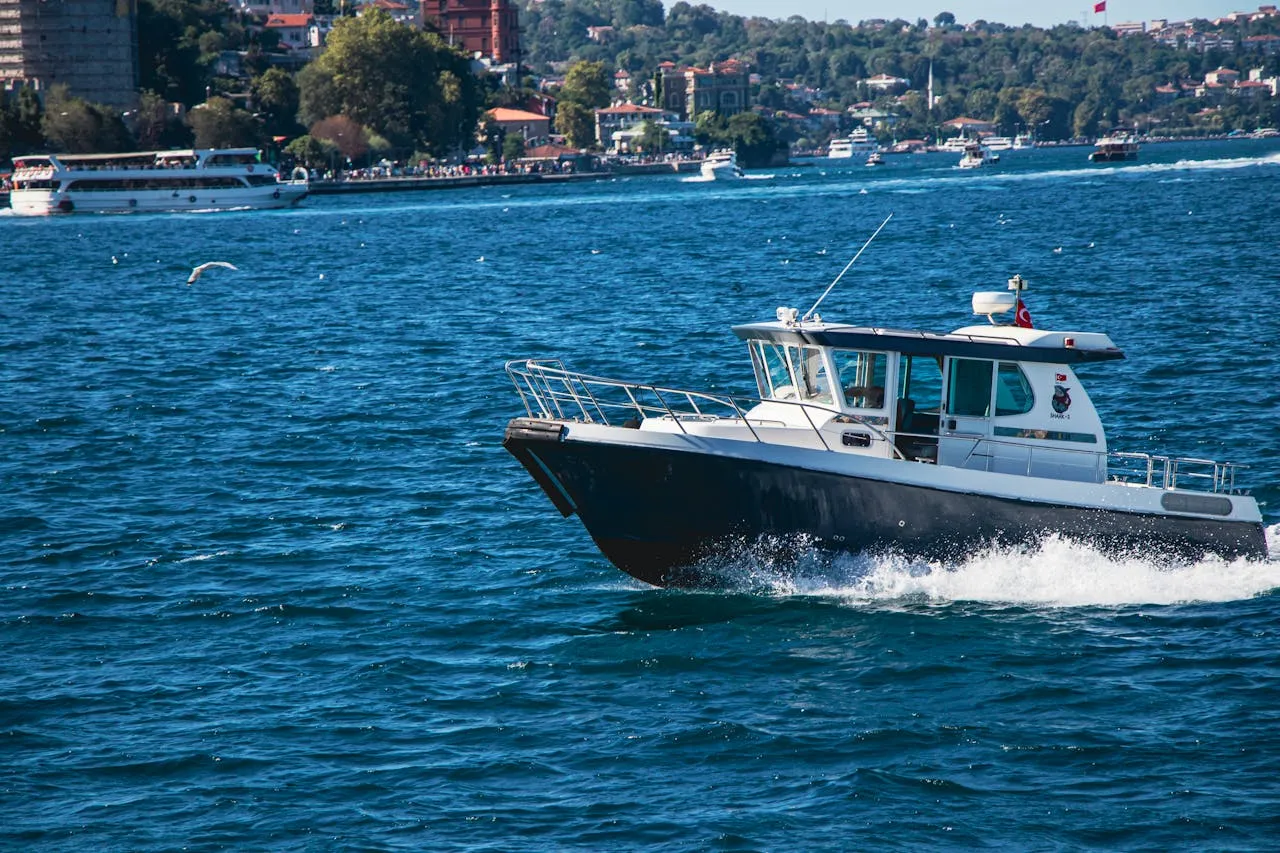Login
I Have Read And Agree To The
Login
I Have Read And Agree To The
Register
I Have Read And Agree To The
Change Password
Welcome to Yachttrading.com!

Congratulations on changing your password successfully!

Congratulations on changing your password successfully!
Draft is a very important parameter when understanding the performance and seaworthy environment of a sailboat. There are significant differences in the draft depths of different sizes and types of sailboats, and the effect of the design of the hull structure on the draft depth should not be ignored. In this article, we will take a look at the types and uses of sailboats, detailing what the average draft of a sailboat is, and explaining why some sailboats have a deeper draft than others, and the sailing scenarios for which different drafts are suitable.

Draft refers to the vertical distance from the surface of the water to the deepest part of the hull of a sailboat, an indicator of how submerged a boat is in the water. Knowing the draft helps sailors judge the seaworthiness of a boat in different waters. For example, a 40-foot ocean-going sailboat with a 5-foot draft, while suitable for open ocean sailing, is easily limited in shallow water or when docked.
There are a number of small sailboats, such as island shuttles or ‘shoal explorers’, that are unique in design. These boats are designed with a flat bottom and a retractable keel plate in order to minimise the draft and to facilitate sailing alongside and in shallow water.
When the keel plate is down, they have a draft of between 1 and 2 feet, and with the keel plate stowed, the draft is no more than 10 inches. There are also smaller sailboats, such as spinnakers, with even a few inches of draft, which really allow them to travel freely in shallow water.
Coastal cruising sailboats are a bit larger than island shuttles with keelboards and are generally between 22 and 30 feet long. The average draft of these sailboats is about 3 feet. Some coastal cruisers have a swing keel design, which is similar to a keel plate that pivots upward into a shallow cabin. This design can be utilised when the skipper needs to reduce the draft, thus reducing the draft of the vessel and increasing the flexibility of sailing.
The design of ocean-going sailing vessels emphasises stability and safety, and is therefore equipped with a deeper keel and a large amount of ballast to ensure smooth sailing in rough sea conditions. The draft of these vessels is more than 3.5 feet, and the draft of large ocean-going sailing vessels can reach 6 feet or more. Owners need to pay extra attention to underwater obstacles when entering and leaving harbours to prevent damage to the deep keel.
Generally speaking, a shallow draft sailboat is a boat with a draft of no more than 3 ft, such as the famous Catalina 22 and West Wight Potter 19. These boats are often designed with a flat or V-bottom and are suitable for travelling through inland waters, rivers and islands. Although shallow draft boats perform well in calm waters, they are less comfortable and less stable than deep draft boats in heavy winds and waves.
There is a correlation between the depth of draft and the stability of a sailboat, but it is not absolute. A deep keel and heavy ballast can effectively improve a sailboat's resistance to wind and waves and stability, whereas a shallow draft sailboat needs to compensate for stability through other designs. In terms of drag, although deep draft boats may increase underwater drag, modern deep draft sailboats tend to be designed with a slender finned keel, which reduces drag and improves speed and manoeuvrability. In contrast, boats with traditional full keel designs have more drag but better stability.
If you mainly sail in distant waters or need to race at high speeds, a deep draft sailboat is a better choice. Conversely, if you often sail or dock in shallow water, a shallow draft sailboat is more advantageous. Unless there is a constant danger of shallow water, most everyday cruisers will be satisfied with a moderate draft design.
With a fixed keel, it is difficult to reduce the draft significantly. However, sailboats equipped with keel plates or swinging keels can have the draft reduced by raising the keel. Light sailing, such as emptying water tanks and removing unnecessary items, can also reduce the draft slightly, but do not remove ballast as this can seriously affect the stability of the boat.
From the above, it is clear to see that the average draft of a sailboat varies with type and use, from a few inches to 6 feet. Choosing the right draft depth is related to the safety and comfort of sailing, and also affects the seaworthy range of the sailboat. As a one-stop service platform focusing on yacht pricing consulting, trading, transporting and repairing, Yachttrading hopes that this article can help you better understand the knowledge about sailboat draught depth for your sailboat choice.
Tags :
 Leave the comment
Leave the commentQuestion Type
Question Type
Question In Detail
Relevant Recommendation

24 July 2025
When considering replacing your yacht with a new one that better suits your current lifestyle, many boat owners face the same question: how to increase the value of your yacht before selling it? In fact, through careful maintenance and targeted improvements, you can effectively enhance your yacht's appeal and value in the market, maximising the return on your investment. Below, Yachttrading has compiled nine practical tips to help you prepare your yacht for sale and enhance its overall competitiveness.
 2
2 0
0Type Of Feedback
Feedback
Contact Information
+244
You have successfully submitted your message, please wait for our contact.
This website uses technical cookies,which are necessary for you to browse it and which help us to provide the service.Withyour consent,we use profling cookies to ofer you an increasingly agreeable browsing experience,to faclitate interaction withour social-media features,and to enable you to receive marketing messages tailored to your browsing habits and interests Toaccept all profiling cookies,click ACCEPTto decline,click REFUSE.
